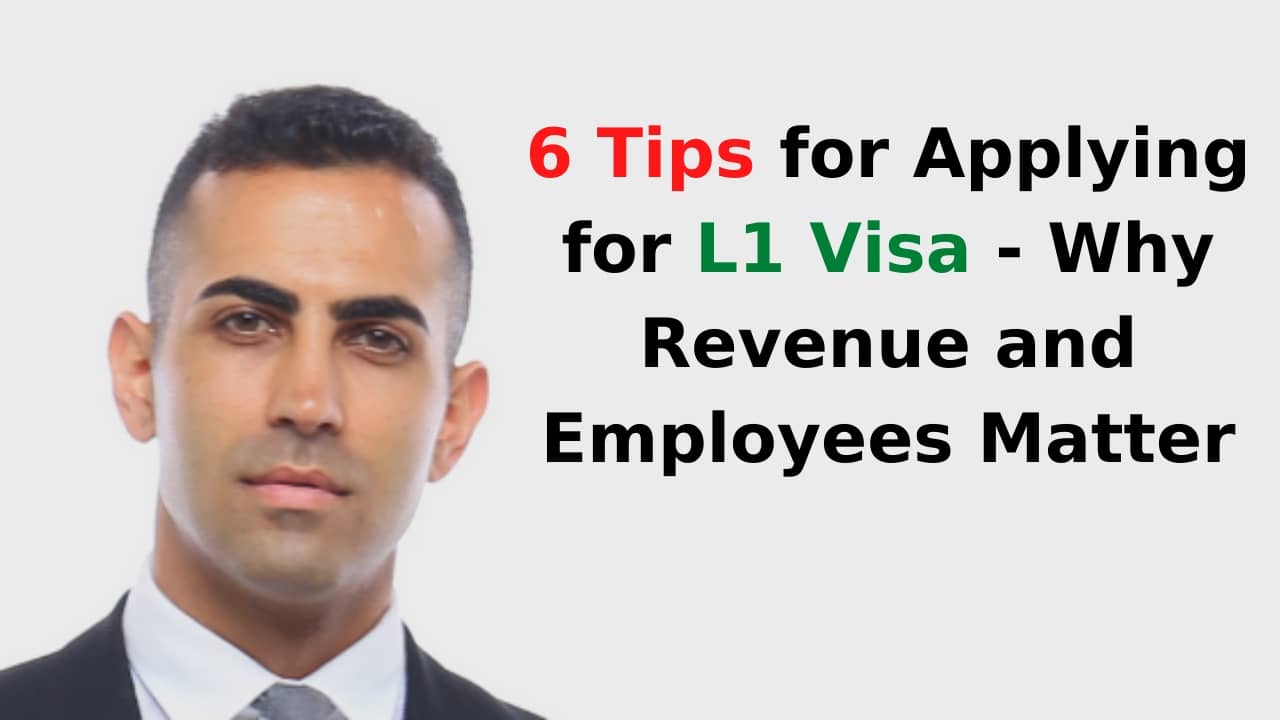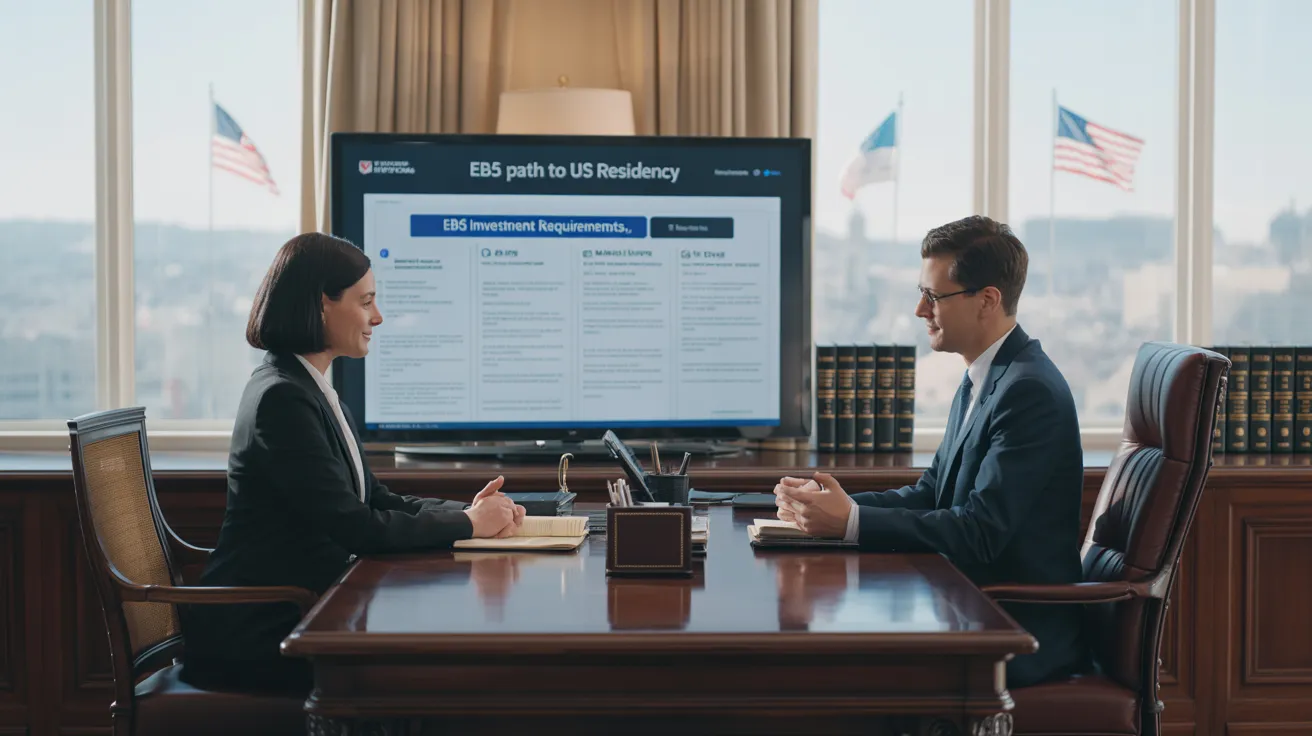The Main Principles Of L1 Visa
Table of ContentsSome Ideas on L1 Visa You Need To KnowL1 Visa - QuestionsL1 Visa Fundamentals ExplainedNot known Details About L1 Visa L1 Visa Things To Know Before You BuySome Known Factual Statements About L1 Visa
Offered from ProQuest Dissertations & Theses International; Social Scientific Research Costs Collection. (2074816399). (PDF). Congress. (PDF). DHS Office of the Inspector General. (PDF). (PDF). "Nonimmigrant Visa Stats". Fetched 2023-03-26. Division of Homeland Safety And Security Office of the Assessor General, "Testimonial of Susceptabilities and Possible Abuses of the L-1 Visa Program," "A Mainframe-Size Visa Loophole".
United State Division of State. Obtained 2023-02-08. Tamen, Joan Fleischer (August 10, 2013).
The Ultimate Guide To L1 Visa
In order to be qualified for the L-1 visa, the foreign firm abroad where the Recipient was utilized and the U.S. business should have a certifying partnership at the time of the transfer. The various types of certifying relationships are: 1.
Instance 1: Firm A is incorporated in France and employs the Recipient. Firm B is integrated in the united state and intends to seek the Recipient. Business A has 100% of the shares of Company B.Company A is the Moms And Dad and Firm B is a subsidiary. Consequently there is a certifying partnership between the two business and Business B should be able to fund the Recipient.
Example 2: Company A is integrated in the united state and intends to request the Beneficiary. Business B is integrated in Indonesia and uses the Beneficiary. Firm An owns 40% of Business B. The continuing to be 60% is owned and managed by Business C, which has no relationship to Business A.Since Firm A and B do not have a parent-subsidiary relationship, Firm A can not sponsor the Beneficiary for L-1.
Example 3: Company A is incorporated in the united state and desires to request the Beneficiary. Firm B is included in Indonesia and utilizes the Beneficiary. Company A possesses 40% of Business B. The staying 60% is owned by Firm C, which has no connection to Firm A. However, Business A, by official contract, controls and full manages Firm B.Since Business An owns much less than 50% of Business B but takes care of and manages the company, there is a certifying parent-subsidiary connection and Company A can fund the Beneficiary for L-1.
Examine This Report on L1 Visa
Business B is integrated in the U.S.
An Unbiased View of L1 Visa

The L-1 visa is an employment-based visa classification developed by Congress in 1970, permitting multinational companies to transfer their supervisors, execs, or key personnel to their U.S. procedures. It is typically referred to as the intracompany transferee visa. There are 2 main sorts of L-1 visas: L-1A and L-1B. These kinds are suitable for workers hired in different placements within a company.

In addition, L1 Visa process the recipient has to have functioned in a supervisory, executive, or specialized employee position for one year within the 3 years coming before the L-1A application in the international company. For new workplace applications, international employment should have been in a managerial or executive capacity if the recipient is coming to the USA to work as a manager or exec.
4 Simple Techniques For L1 Visa

If given for a united state firm operational for greater than one year, the preliminary L-1B visa is for approximately three years and can be extended for an extra 2 years (L1 Visa). Conversely, if the U.S. firm is freshly established or has been operational for less than one year, the initial L-1B visa is issued for one year, with extensions readily available in two-year increments
The contact us L-1 visa is an employment-based visa classification developed by Congress in 1970, permitting international firms to move their managers, executives, or key personnel to their United state procedures. It is generally referred to as the intracompany transferee visa.
The Facts About L1 Visa Uncovered
In addition, the recipient needs to have functioned in a supervisory, executive, or specialized employee position for one year within the three years coming before the L-1A application in the international business. For new workplace applications, international work has to have remained in a managerial or executive capacity if the beneficiary is pertaining to the United States to work as a supervisor or exec.
for up to seven years to oversee the procedures of the united state associate as an executive or supervisor. If provided for get started an U.S. business that has been functional for more than one year, the L-1A visa is originally approved for up to three years and can be extended in two-year increments.
If approved for an U.S. firm operational for greater than one year, the initial L-1B visa is for approximately three years and can be prolonged for an additional 2 years. Conversely, if the united state company is recently established or has been functional for less than one year, the first L-1B visa is issued for one year, with expansions offered in two-year increments.